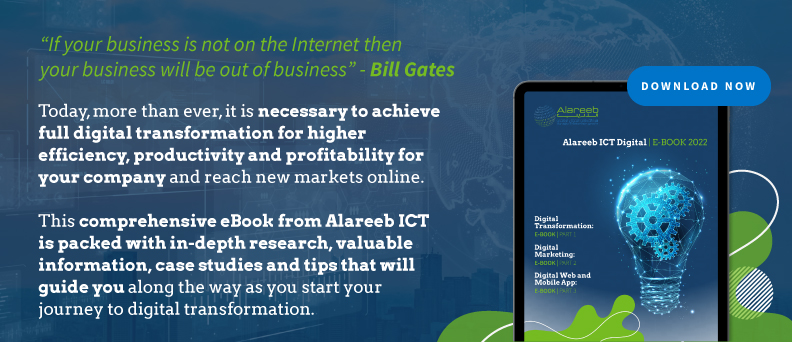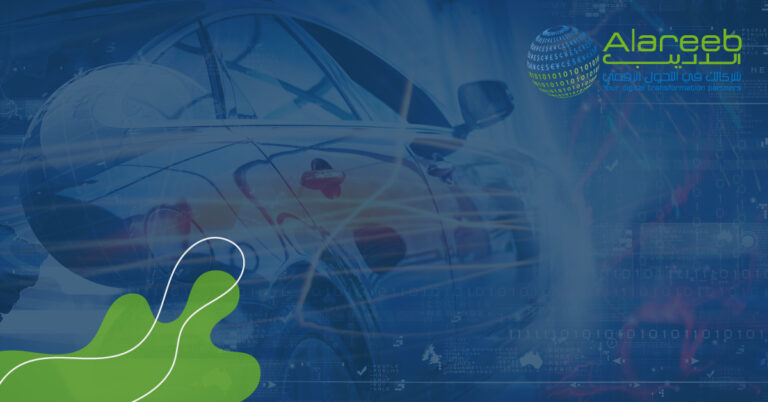Digital Transformation in the Automotive Industry
It is no need to say that digital transformation is new in the market. Industries, from healthcare, education, and telecommunication to even automotive companies are embracing digital evolution today and leveraging interactive mobile communication tools to make decisions about purchases and products and services.
The main reason to bring digital transformation to the automotive industry is customer expectations that put pressure on automakers and force them to change their way of work, their strategies, and their ability to manage their organizations.
Moreover, the latest tech trends like green energy, electric mobility, augmented reality, machine learning, artificial intelligence, 5G cellular networks, virtual reality, internet of things (IoT), connected autonomous shared electric (CASE), strict emission regulations and cybersecurity can revamp the landscape of the automotive industry.
Strategies that Help Automotive Companies Move Forward
The automotive industry is in a dilemma. From its vehicles to customer interactions, everything is shifting from physical to digital. But, you may need to know how automakers respond to this shift. What are the strategies that help them become successful? The answer is given below:
The most successful companies in the world like BMW, Tesla INC., Ford, Volkswagen Group, Toyota Motor Corporation to General Motors are focusing on two main strategies, and those strategies are as follows:
- Reshaping the Customer Value Proposition
- Reshaping the Operating Model
1. Reshaping the Customer Value Proposition
Creating a customer value proposition is a bit challenging because it requires the identification of your customer’s pain points and identification of all the benefits that your product can offer. It also describes the reason that makes your product valuable and focuses on solving the buyer’s problems.
In the automotive industry, new capabilities are required for interactivity, mobility, and information access, and these capabilities assist in reshaping products and services and enable you to engage with your customers better. And in order to monetize the new customer value proposition, it becomes crucial to understand your customer problems and communicate the real benefits that your customers expect from your business.
2. Reshaping the Operating Model
Many companies are realigning their operating models because their priority is to serve as per customer preferences and requirements and run models that can inform about every activity in the buying and selling chain. For this, most organizations integrate all business activities and optimize the use of data linked to those activities. Moreover, they follow an integrated and holistic approach to transform and evaluate the following factors.
- How to scale when moving products and services from physical to digital
- Social media adoption levels and customers’ mobility
- How to move strategically
- The level of integration at every stage and the degree of complexity of the automotive value chain between new digital processes and legacy physical ones.
What are the Emerging Opportunities for the Automotive Industry While Moving to Digital?
For the automotive industry, two emerging opportunities relating to the move to digital are connected vehicles and mobility services.
- Connected Vehicles
- Mobility Services
1. Connected Vehicles
Auto industries will invest more in connected vehicles. Information technology and telematics will be in charge of every facet of the transportation system. Data security, navigation, multimedia, and service diagnostics will be offered by connected vehicles as these services can be involved in the home and office. That’s why automotive OEMs will focus on ways to transform their businesses with an integrated transportation experience so that consumers can interact with their vehicles and help organizations generate revenue.
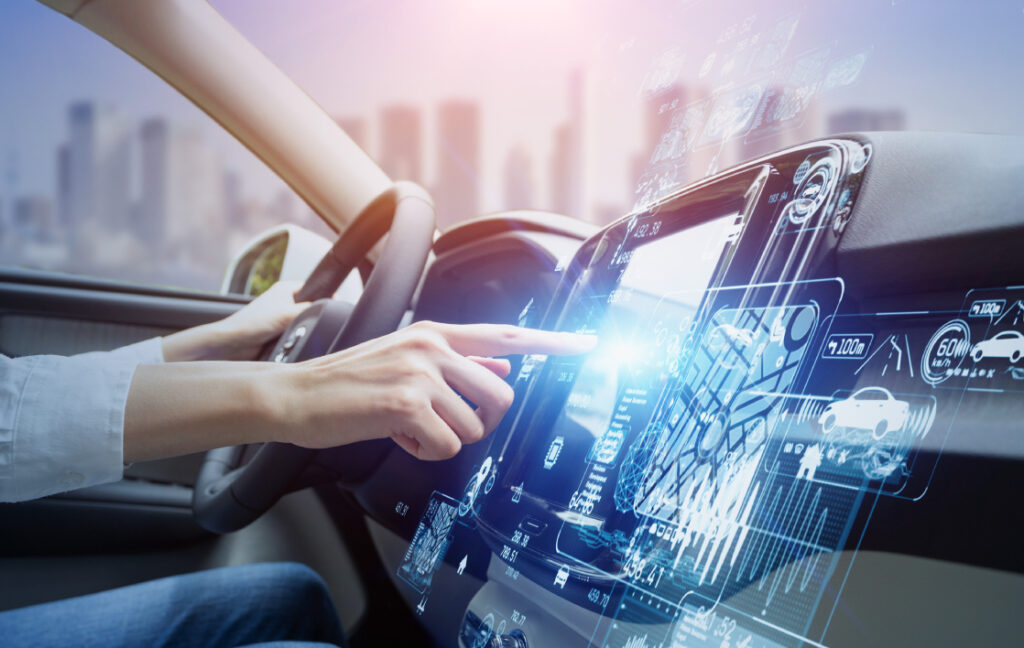
2. Mobility Services
Pollution and population growth are some of the drawbacks that push customers to use limited vehicles. Due to this, many auto companies figure out how to establish their claim in new revenue models for mobility services. However, smartphone connectivity, urban transportation data, and ubiquitous telecommunications are some of the exciting opportunities that allow customers to be digital with vehicles. Furthermore, personalization, such as productivity applications and a personalized calendar can be considered to integrate and boost the customer’s experience.
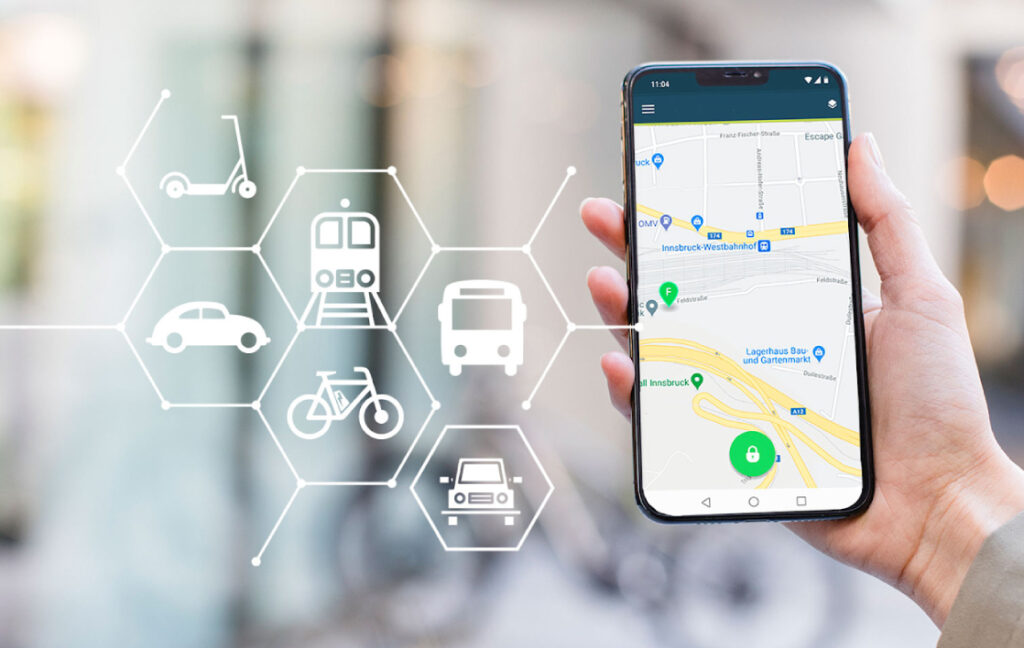
Apart from that, automakers can provide the best advice regarding how to best move with in-vehicle innovation and digital solutions. They can give advice on future traffic patterns and optimal routes and guide them for different vehicles, but these suggestions can be based on consumers’ costs, preferences, situational needs, and other constraints.
Here are some key factors to be considered by automakers to be profitable, efficient, and highly effective in the industry:
- Due to the demand for interoperability of mobility services and vehicles, automakers can streamline their product lines, and that can be based on new demand patterns.
- Adjustments will be made in manufacturing and distribution strategy, and profiles will be maintained as the demand for vehicles in mobility services.
- Many organizations in finance will maximize their capabilities to expand the wholesale business, and with the help of mobility vehicles, it can become easy to enable transaction processing.
- Retail models will alter, and several relationships can develop on the basis of selling and the customers who intrigue with the full product line.
- To manage new extensions and partnerships of the value chain, alliance management will become necessary and can help organizations gain crucial success.
Best CAD Modelling Software Used for Automotive Applications
-
Catia
Catia, a multiple-platform software suite is the leading surface modelling software leveraged by many engineers to prepare the best car designs for automotive applications. This software can also be used for engineering models and helps get a comprehensive solution for Class A surfaces, designing, shaping, and controlling the integration of powertrains and transforming the interior design into an automation product lifecycle.
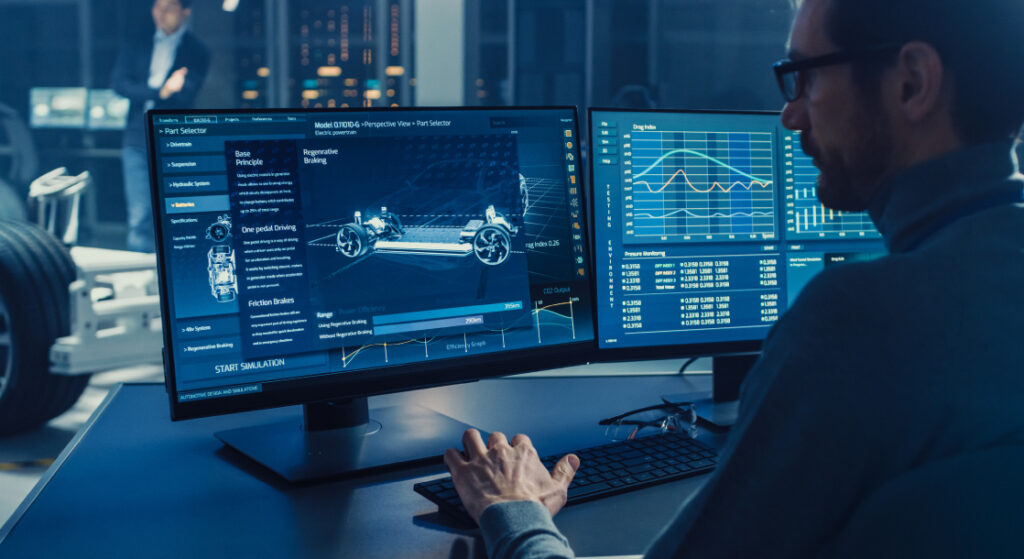
2. Autodesk Inventor
Autodesk inventor is another CAD modelling software that experts can consider for automotive applications as this software comes with engineering capabilities and provides a professional-grade product design.
3. SolidWorks
SolidWorks has an easy-to-use interface and versatile capabilities to use in both the automotive and transportation industries. With this software, one can have a wide array of solutions for visualizing, testing, and development of electrical systems.
Use Cases to Bring Digital Transformation to the Automotive Industry
Modernize In-vehicle Driver Experiences
Today, companies leverage Azure maps, bot-building platforms, and Microsoft PowerApps to enhance in-vehicle driver experiences. The reason to use Azure Maps in the automotive industry is the rich data visualization, adding a map, geospatial, and routing services to vehicles. These solutions make it possible to attain image layers on maps with heatmaps and multiple map layers
Moreover, virtual-based voice assistants, personalized recommendation systems, location-based alerts, navigation, driver monitoring, route-planning, IoT-based sensors, and in-car commerce are other digital solutions that drivers can get in real-time.
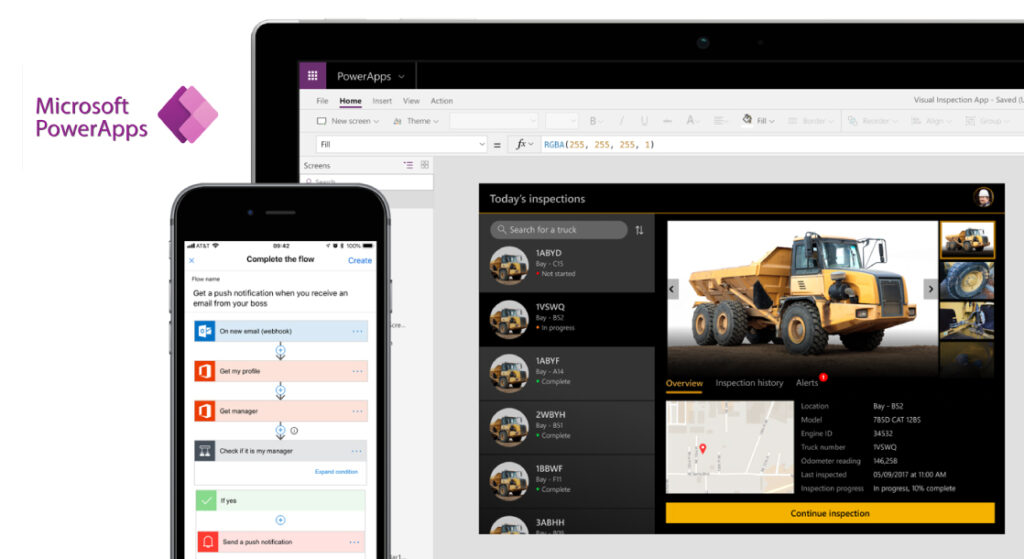
Low-Code Development to Drive Agility and Efficiency
Thousands of employees from various departments work for multinational automakers. The expenditures invested in deployment are worthwhile for significant modernization programmes because they provide the guarantee on a custom product and ensure to bring change in the entire organization.
Besides, developers in the automotive sector solve business problems with Microsoft’s low-code development platform, which is known as the PowerApp or apps to help people identify employees’ location and contact details. Similarly, manual data entry tasks can be automated through apps and in order to boost productivity and save hundreds of working hours.
New Mobility Services Make Fleet Management Easier
Data analytics, AI-powered technologies, and machine learning help companies be familiar with digital assets, and with the help of AI bots, these companies obtain real-time insights into congestion, delays, and other issues. On top of that, IoT sensors are onboarding to gather information on the performance of vehicles. Further, it is transferred to the cloud for risk management or to avoid malfunctions.
IoT sensors and AI-enabled bots are also suitable for checking the amount of gas and monitoring metrics such as braking speed, acceleration, and mileage. Drivers can find information on the best routes and know weather forecasts and traffic patterns. Not only this, but also to maintain crew and schedule replacements, real-time data can help to improve your vehicle performance. On the other hand, smartwatches, headbands, and other wearables can be used to evaluate sleep quality, degree of exhaustion, and how much driving is required for the driver.
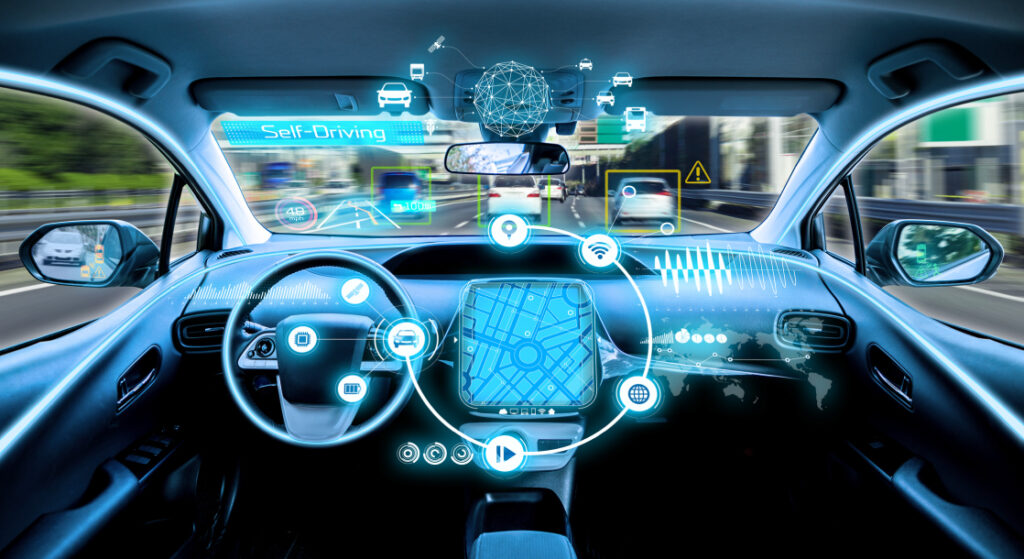
Digital Workplaces Help Build the Office of Tomorrow
Dealers, OEM or original equipment manufacturers, and other stakeholders in the automotive sector ensure that employees of the entire organization will collaborate well and maintain communication to bring transformation to the workplace.
Also, there is a need for a mobile way of working for employees to interact with their partners, colleagues, and customers. For this, Microsoft 365 apps can become beneficial because these apps involve various tools to help businesses work more efficiently and are suitable for collaboration in the most efficient manner.
Meet Customers’ Expectations
Automotive companies need to meet varied customer expectations because shoppers or buyers already have a lot of information about the vehicle they want. They also know what they want and how much they can afford.
Today, customers demand personal engagement and omnichannel digital experience, so dealers must analyze the customer requirements first and help customers conduct online research before making a purchase.
How Can Alareeb ICT Help?
Alareeb ICT is one of the leading digital transformation services providers in Riyadh, Saudi Arabia, and has a dedicated and client-centric approach to boost profitability, revenue, and productivity for automotive businesses of any size.
Book a consultation with one of the experts at Alareeb ICT for digital transformation consultation. With our comprehensive digital transformation services that combine with our IT strategy and your business goals, we ensure to create a differentiated customer experience.
We have knowledge of the latest technologies from Artificial Intelligence, Internet of Things, and Big Data to Cloud Services and leverage numerous Microsoft tools to build scalable apps for startups and enterprises and can make your applications compatible with intelligent analysis, information, collaboration, redefine sales, mobility, services, and experience.
Hire our team of business strategists to innovate your business models and provide value to your customers.
If you want to know more about the benefits of digital transformation, download the latest eBook by Alareeb ICT to read everything about digital transformation and know how digital technologies and Alareeb ICT can reshape your automotive industry.
